This is another post to add to the list of blog entries on Compression Therapy! And it couldn’t be any other way because it’s the must-see theme this month, when we’re celebrating #YestoCompression. Once again, I was delighted to participate in the European Venous Ulcer and Compression Days. I remember very fondly the enthusiasm with which I prepared the first event of #Yestocompression, in December 2016, and I love to see that this desire for change only grows, and it grows faster in TEAMJ

#YesToCompression is enormously relevant because when faced with a venous ulcer WITHOUT COMPRESSION THERE IS NO CHOICE! Furthermore, the SUCCESS OF COMPRESSION falls with its COMPRESSION. Both the practitioner and the patient should understand it. DIALOGUE with the patient and their caregivers is fundamental for them to understand the NEED for compression therapy in the treatment of their venous hypertension. VENOUS ULCER = VENOUS HYPERTENSION. But the benefit of compression is not limited to venous leg ulcers: IF THERE IS NO CONTRAINDICATION, COMPRESSION THERAPY IS THE BEST ANTI-GRAVITY AND ANTI-INFLAMMATION TREATMENT FOR ANY LEG ULCER!
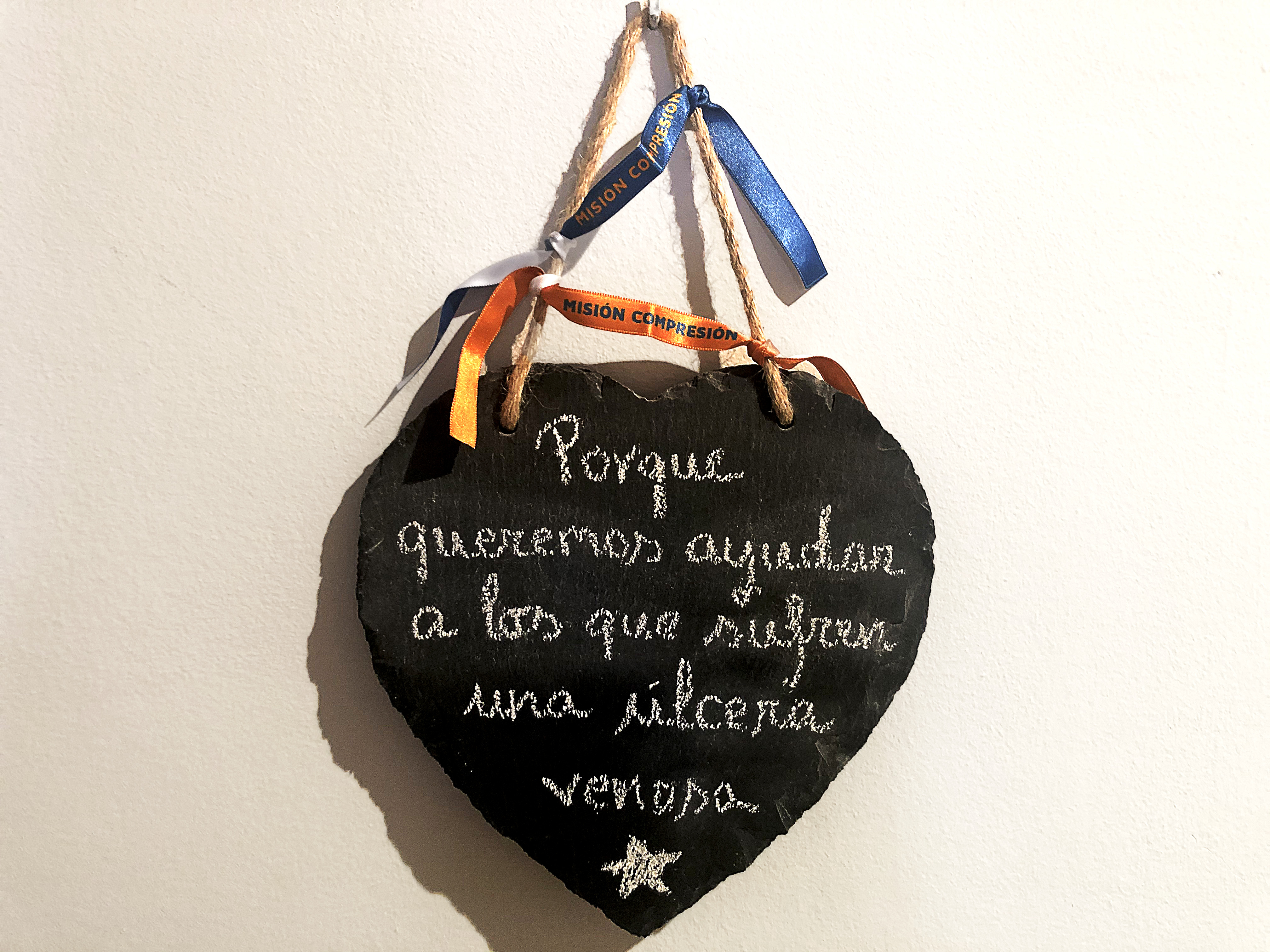
Now back to the title of this post. Surely the question many of you will ask yourselves is not why we like them so much, but what kind of compression are they? All of you who are asking yourselves this second question are about to discover a treatment alternative that will solve many of your problems.
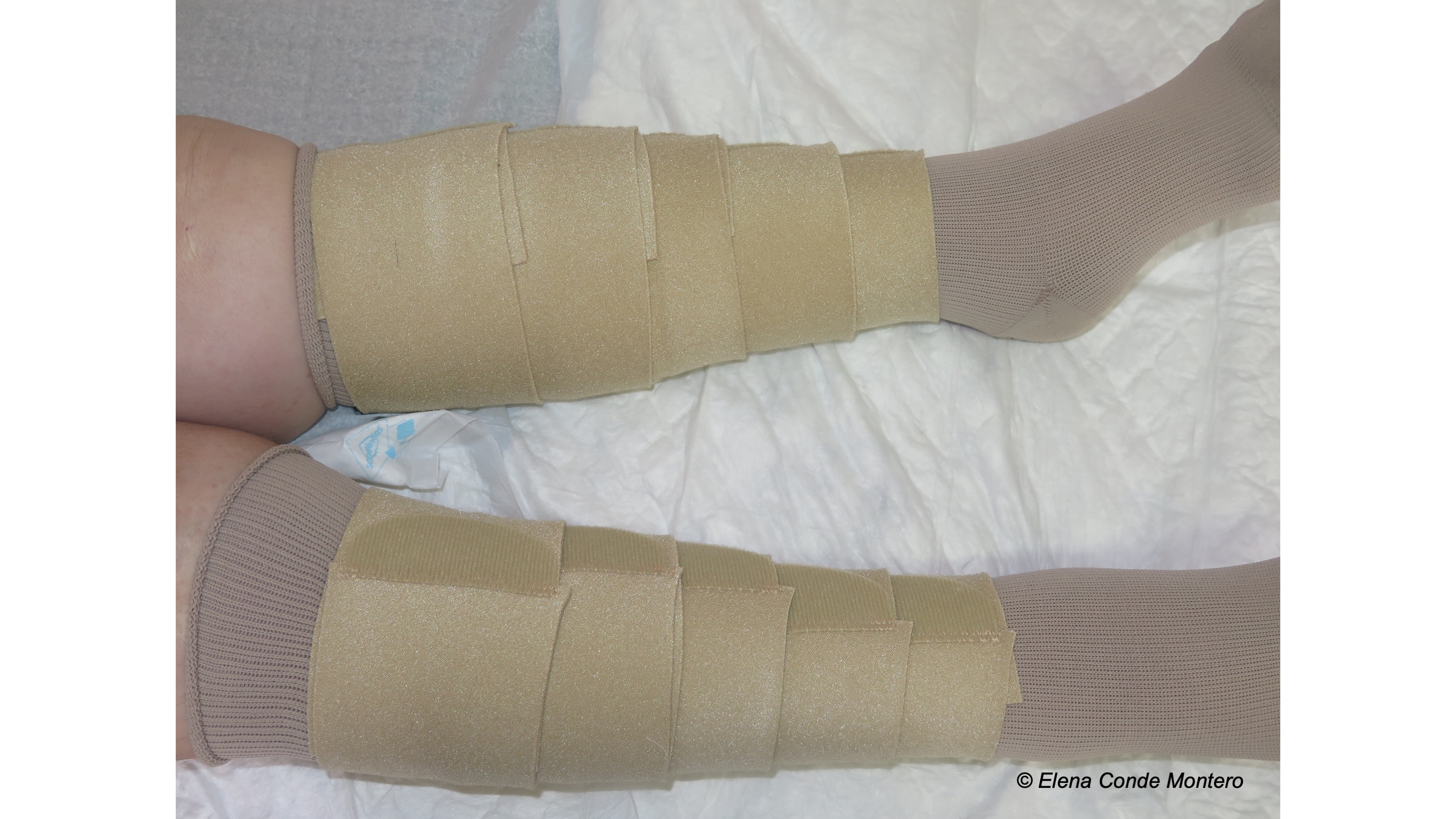
What are adjustable compression wrap devices with Velcro-type fasteners?
They are one of the most remarkable innovations in the field of compression therapy in recent years. They are garments made of short stretch fabrics, which wrap around the leg and adapt to the shape of the limb, are adjusted according to the desired pressure and are fixed with velcro-type closures. Since the fabric is short stretch, when placed on the leg behaves with a high rigidity index, so it presents resistance to changes in volume in the calf and achieves more effective pressure peaks during muscle contraction than compression stockings, whose fabric is elastic (see post: “Bandage and dressing: not the same thing“).
Moreover, considering that they exert low pressure at rest, they are also usually better tolerated than elastic fabrics.
Besides being a system of easy application and removal by the patient himself, it also allows readjustment of the pressure exerted throughout the day, by repositioning the Velcro-type closure. This possibility of adjusting the pressure adapted to the changing volume of the leg avoids the main limitation of short stretch bandages, which is the rapid fall of the bandage associated with edema reduction.
Different designs have been marketed, with variability in the degree of tissue stretching and type of placement. Depending on the model, the system of selecting and controlling the pressure we wish to achieve changes. We always place a protective sock or tubular tissue on the skin before applying the device, which should go from the ankle to below the popliteal fossa. To avoid or control the edema in the foot, we will use a sock or stocking with compression mainly limited to the foot, if it is not enough, we will add a compression system with Velcro limited to the foot. 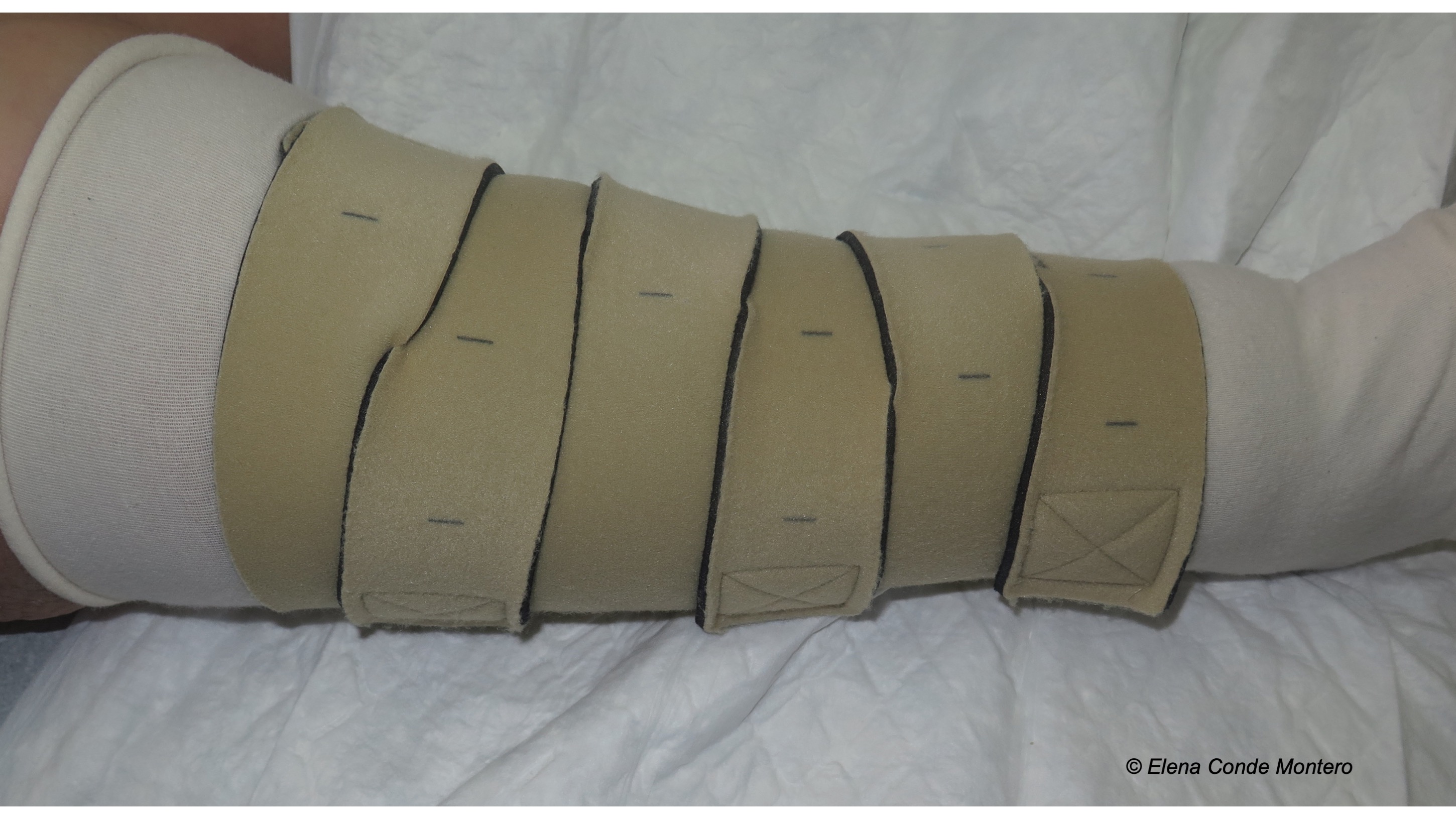
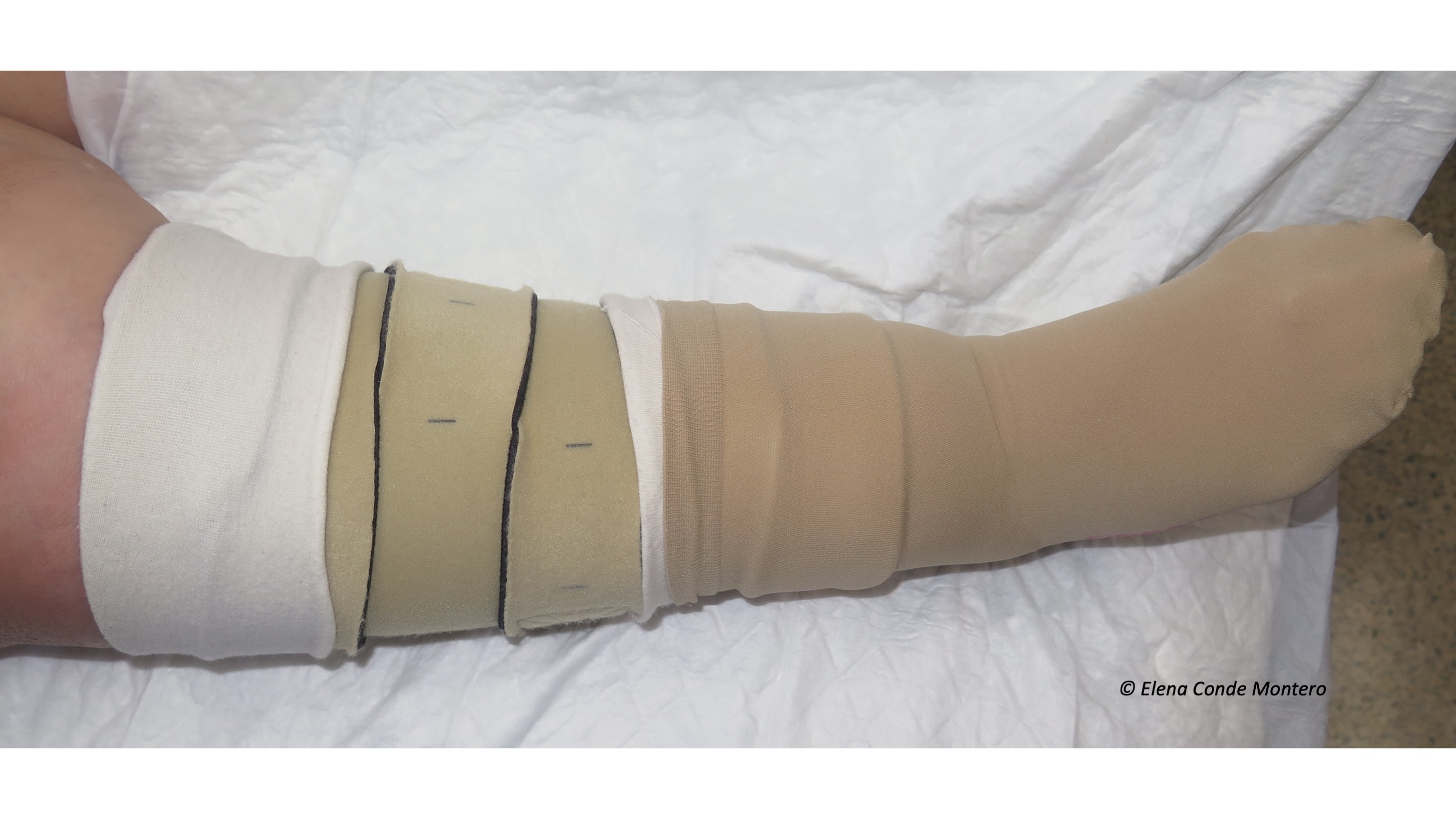
When should you use compression wrap devices instead of a bandage or a medical compression stocking?
All three are valid types of compression therapy. The ideal one for each patient will be the one that best suits their characteristics, as well as those of their social environment. Although it can be considered as an alternative to bandaging during the process of wound closure, its main general use occurs when there is no possibility for the professional to perform the dressings as often as necessary or for the patient’s comfort, and it is also an alternative to compression stockings for edema control and prevention of venous ulcer recurrence.
Patients who benefit most from these systems are those who are unable to wear stockings (especially due to obesity or age-related osteoarticular problems), those with extreme or very irregular leg diameters, and those with skin disorders secondary to lymphedema and phlebolymphedema, in which they are a very practical alternative to flat-knit stockings (see post “Phlebolymphedema, a term that should be more frequently used”).
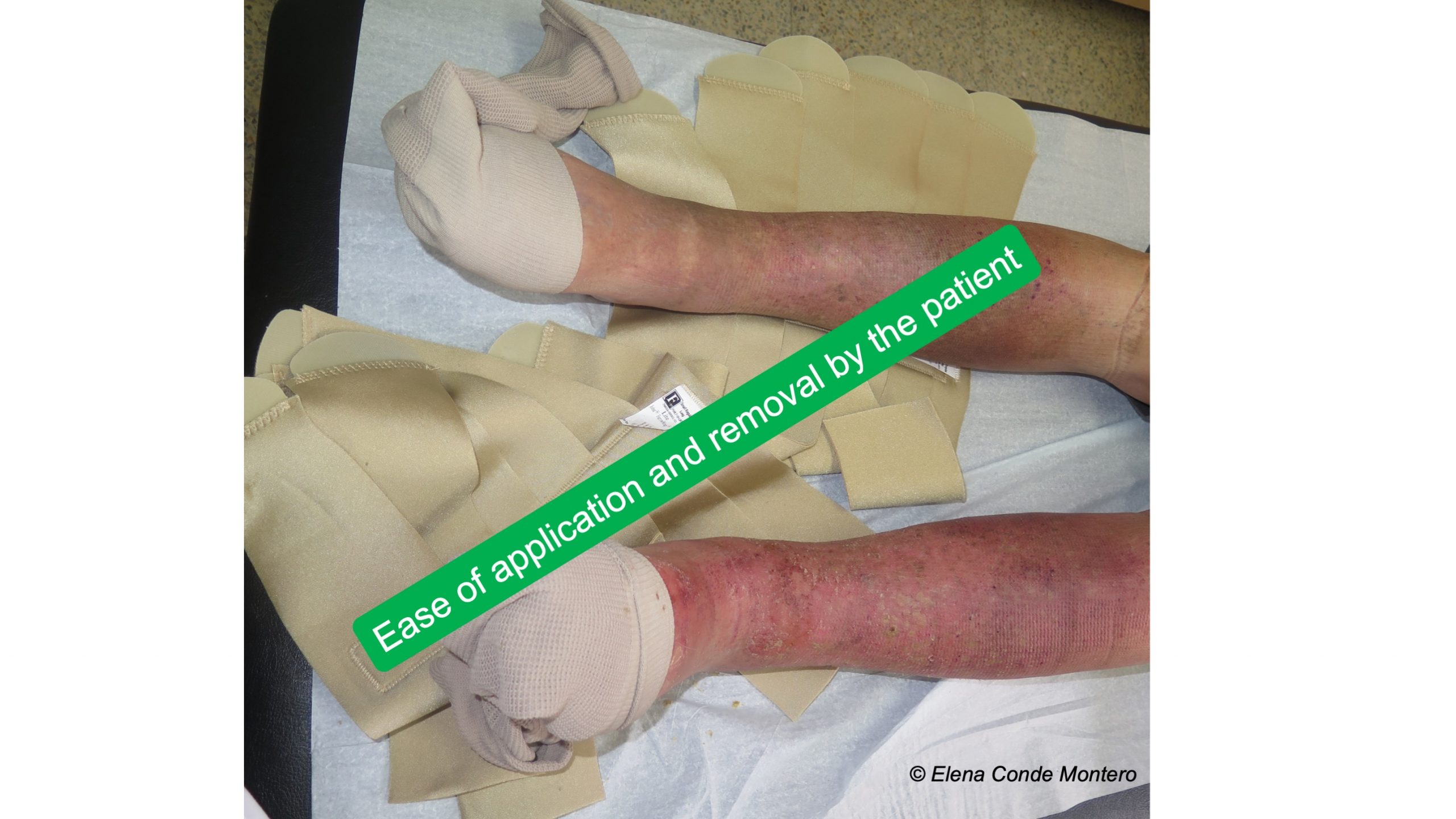
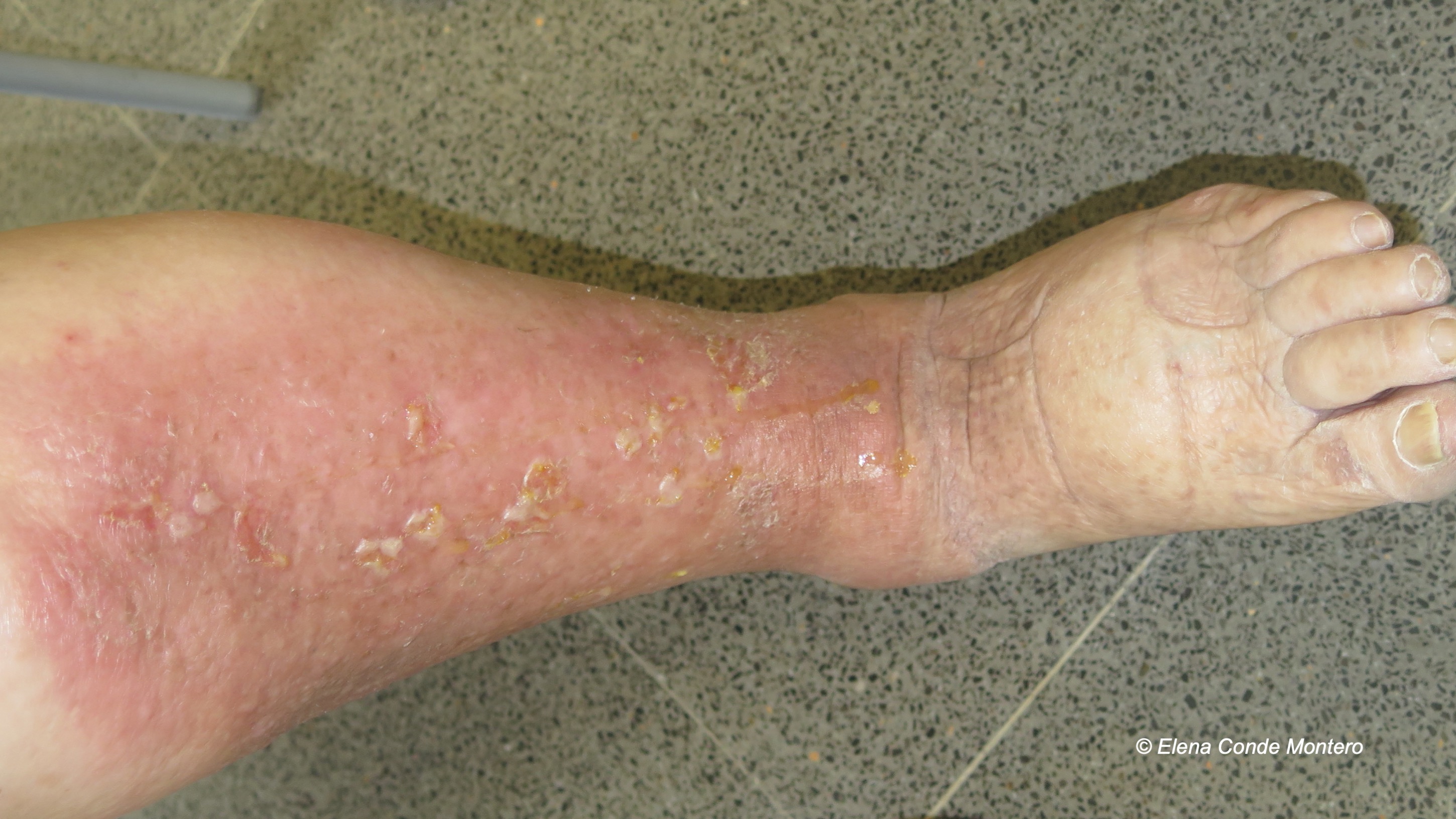
These systems are also an excellent option for patients with chronic venous insufficiency and some degree of peripheral artery disease, who may have poor tolerance of elastic tissues due to their high pressure at rest. In these patients, the application of wrap devices at less than 30 mmHg is not only safe and well tolerated, but, by reducing edema, it also improves arterial perfusion (see post: “Compression is key to treating leg wounds“).
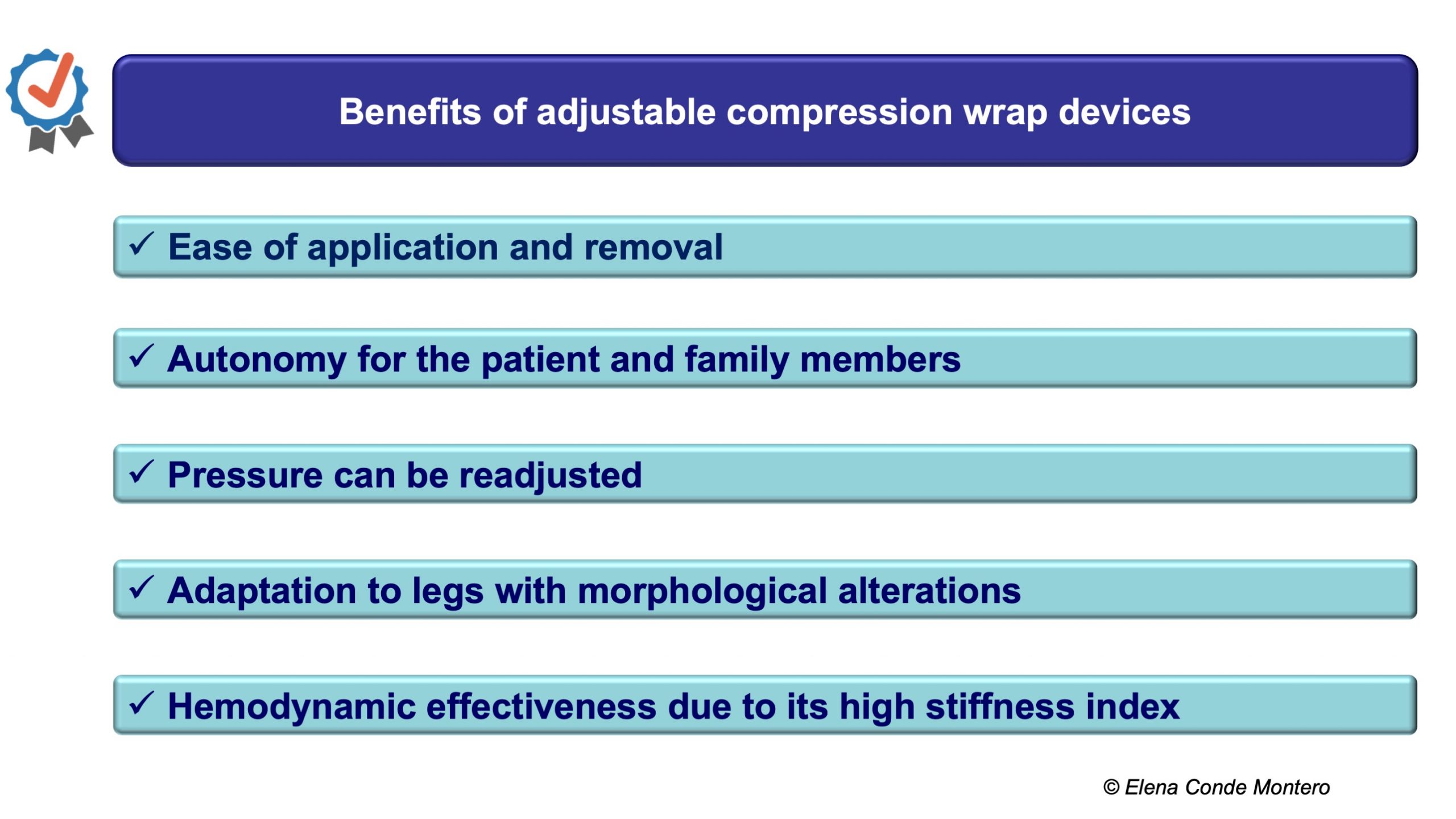
What do the studies say about wrap devices?
Different studies show the ease of application, without the need for special prior training, and the possibility of obtaining high pressures during exercise (also with dorsiflexion movement of the foot), similar to those of a rigid bandage with inelastic bandages, with the added benefit of being able to readjust the pressure.1
A review has just been published on the interest of these Velcro wrap systems in the treatment of venous ulcers. This descriptive review includes 16 studies,2 mostly case series, with very small samples (a total of 192 patients included when adding up all the studies in the review). The only randomised clinical trial (small, 12 patients, and with many limitations), which includes bilateral ulcers and compares the effect of the multi-component bandage on one leg with the wrap device on the other, found a higher healing rate when using the second device.3
The results of the studies in the review suggest the potential improvement in time to healing, reduction in costs and in the number and duration of nursing consultations, and improvement in patients’ quality of life.
Although the available evidence is still very limited, the results of the published studies point to a clear benefit of these devices in achieving adequate therapeutic compression adapted to the patient´s needs.
LET’S ALWAYS BET FOR THE MAXIMUM AUTONOMY AND QUALITY OF LIFE OF THE PATIENTS!
References:
- Partsch H. Reliable self-application of short stretch leg compression: Pressure measurements under self-applied, adjustable compression wraps.Phlebology. 2019 Apr;34(3):208-213.
- Stather PW, Petty C, Howard AQ. Review of adjustable velcro wrap devices for venous ulceration. Int Wound J. 2019 Aug;16(4):903-908.
- Blecken SR, Villavicencio JL, Kao TC. Comparison of elastic versus nonelastic compression in bilateral venous ulcers: a randomized trial. J Vasc Surg. 2005;42(6):1150-5.
Also available in: Español (Spanish)






